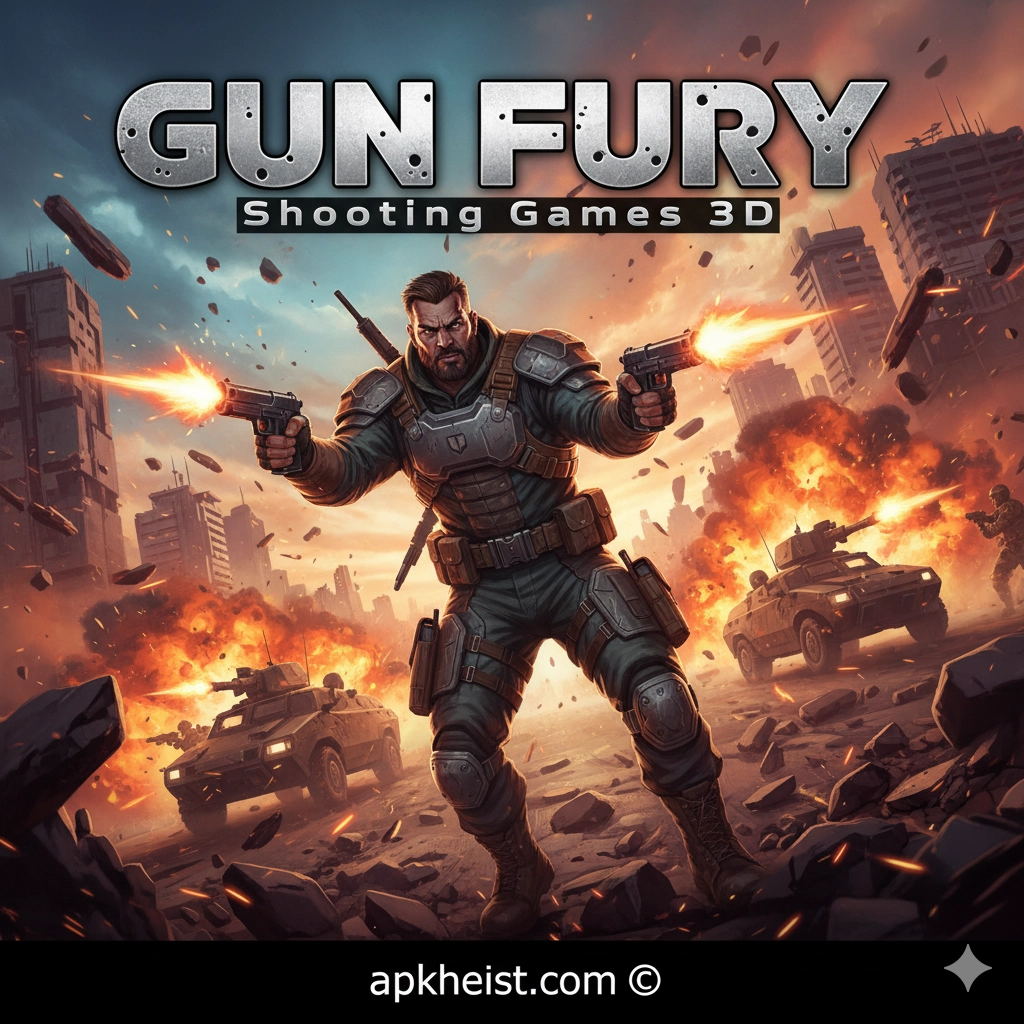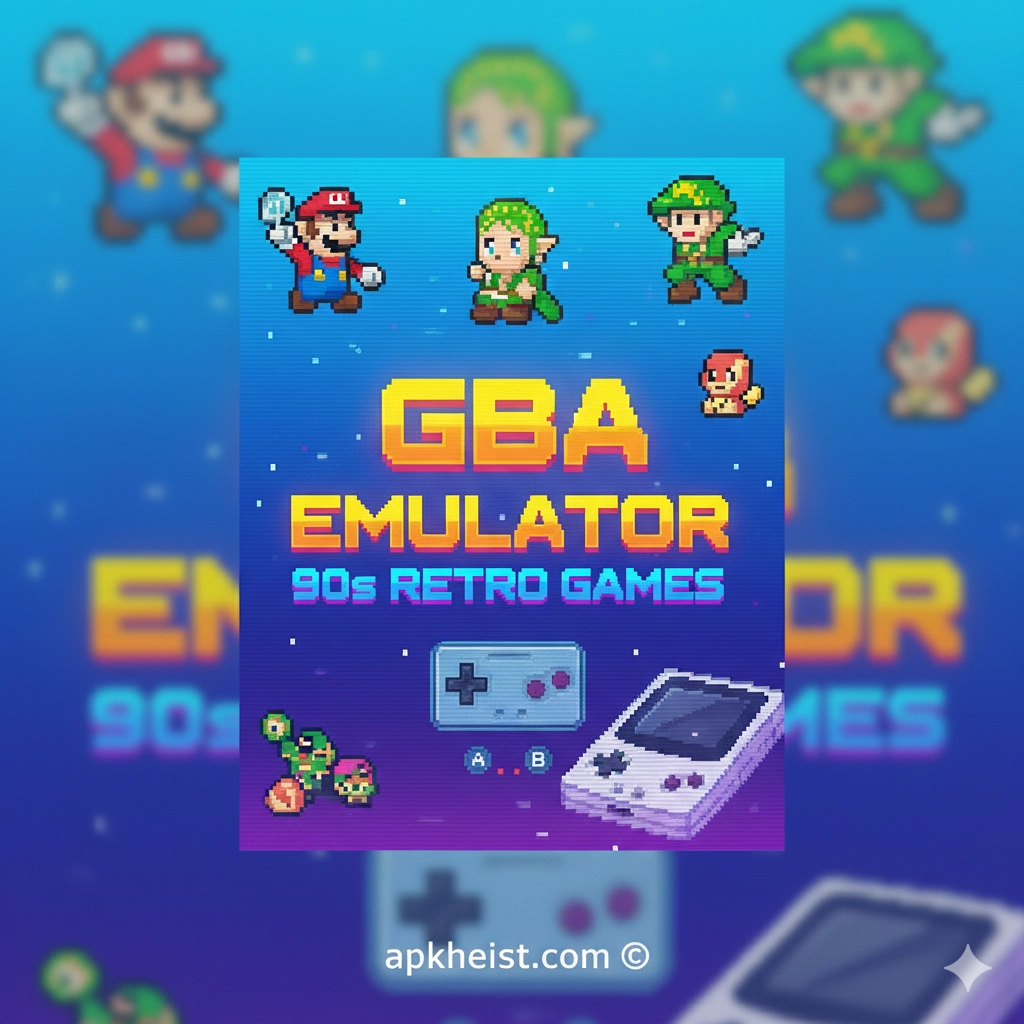Column intro: Welcome to our Obby game column — here you'll find in-depth walkthroughs, clever tactics, and community-tested techniques for the best escapes. Whether you're playing casually or grinding for speedruns, this article covers every angle from gear and routes to advanced movement and FAQs. For related game types and genres, check our picks below as you read on.
Long intro: In Obby Prison Escape from Barry, map knowledge and split-second decisions matter. The game blends classic platforming with stealth mechanics: vent shafts, guard patterns, trap doors, and timed puzzles all appear across multiple maps. Beginners often get stuck by rushing; veterans win by learning patrol cycles, exploiting map shortcuts, and using environmental props to confuse AI guards. This article will break the game down into manageable sections — each with a focused strategy and actionable steps. We'll also answer frequently asked questions to help troubleshoot common issues and refine your playstyle.
1. Map Familiarization — Learn the layout quickly and memorize escape choke points. 2. Timing & Patrol Patterns — Watch guards and learn safe windows. 3. Best Gear & Pickups — What to collect and what to ignore. 4. Stealth Techniques — Move without drawing attention. 5. Shortcut Routes — High-risk, high-reward paths. 6. Co-op & Team Escapes — How to coordinate with others. 7. Speedrun Tips — Shave seconds off your best time.
1. Map Familiarization
Understanding each map is the foundation of every successful escape. Spend time in free-roam or practice modes to mark the location of key elements: guard posts, cameras, vents, locked doors, and one-way exits. Memorize choke points where guards concentrate; these are places you'll either avoid or use as bait. On several maps, small environmental features — like a stack of crates or a maintenance hatch — become repeatable tools for escaping. If the game offers a mini-map or replay mode, use it to trace common patrol routes until they become second nature.
Resource tip: occasionally the game includes small in-level pickups that temporarily disable alarms or slow guards; knowing where they spawn gives you leverage. For genre variety and similar adventure experiences, see related pages like Adventure and Arcade, which can inspire alternate routing ideas.

2. Timing & Patrol Patterns
Patrol pattern mastery separates casual players from experts. Guards typically follow predictable loops; the key is to identify the moment they turn away and move through the blind spot. Spend the first minute of each run watching — not rushing. Look for synchronized gaps where multiple guards create a safe corridor. When multiple patrols converge, freeze and wait for the smallest unit to pass rather than attempting to sprint through all of them at once.
Use audio cues when available. Footsteps, radio chatter, or a distant clang often telegraph guard movement. If the game supports distractions (throwable items, alarms), time them to create an opening rather than to eliminate the guard — distractions are most effective when they cause repositioning, not full sweeps.
3. Best Gear & Pickups
Not all pickups are created equal. Prioritize tools that grant mobility or stealth: grappling hooks, temporary invisibility, smoke bombs, or keycards. Consumables that reduce noise or temporarily stun guards can turn a tight run into a clean escape. Avoid hoarding items that add little value — extra ammo or collectible trinkets are fun, but they often cost time to obtain.
Inventory management matters: keep your quick-access slots reserved for mobility and distraction tools. If the map contains a one-time-use keycard near a dangerous area, memorize its spawn so you can grab it on subsequent runs without extra scouting. For lightweight practice in tactical thinking and route planning, check strategy categories such as Strategy and Puzzle.
4. Stealth Techniques
Stealth is both patience and precision. Crouch-walking reduces detection range, and hugging walls minimizes exposure time in open areas. Use line-of-sight breaks — pillars, door frames, or crates — to reset guard awareness. If guards have memory, break their line of sight long enough for their alertness to drop to baseline.
Noise discipline is critical: avoid running across noisy surfaces and jumping into metal grates unless absolutely necessary. If the game provides toggles for silent movement or quieter footwear, use them strategically for sections with high guard density. For solo players, a single well-timed stealth maneuver often trumps aggressive tactics.
5. Shortcut Routes
Shortcuts are where risk meets reward. Many maps hide vents, crawlspaces, or destructible walls that bypass heavy security. These routes typically demand precise jumps or timing to enter and leave. Practice these entries repeatedly until they become muscle memory — one failed attempt in a live run can ruin an otherwise perfect escape.
When using shortcuts, be mindful of fallback routes. If you take a risky passage and get trapped, you want a secondary exit. Planning a two-stage route (primary shortcut + contingency path) significantly increases success rate. If you want to explore game types with creative routing, the Simulation and Racing categories often include community-contributed maps that inspire inventive shortcuts.
6. Co-op & Team Escapes
Teamplay multiplies possibility — but it requires coordination. Assign roles: scout, distraction, and extractor. The scout maps patrols and reports windows, the distraction creates openings (e.g., by setting off a distant alarm), and the extractor waits at the exit. Communication should be concise and pre-planned to avoid confusion under pressure. Use simple signals: a single throw means "now", two throws mean "hold".
In co-op runs, synchronizing entry into high-risk areas is crucial. Never funnel through a single door; spread your approach to avoid all players getting detected at once. For cooperative training and community finders, look at group-oriented categories like Casual and Role Playing where players often share tactics and role templates.
7. Speedrun Tips
Speedrunning Obby Prison Escape from Barry focuses on consistency and minimizing unnecessary actions. Start by optimizing your spawn-to-exit route and eliminating optional pickups from your run plan. Learn to perform tight mechanics — perfect jumps, instant crouch-cancels, and the shortest possible movement transitions. Record practice runs and watch them back to spot micro-inefficiencies.
Warm-up before an official attempt: a few practice runs to get into rhythm reduces mistakes caused by cold hands. If leaderboards matter, consider specialized movement tech (clipping, bunny-hopping, or sequence breaks) only if allowed by the game's community rules. For reading up on speedrun theory and movement tricks, community hubs in Arcade and Strategy often host threads with reproducible techniques.
FAQs about Obby Prison Escape from Barry Game
Q1: How do I find the secret vent on the West Block?
A: The secret vent is usually behind the maintenance crate near the second guard tower. Approach while the nearby guard patrols toward the tower, crouch, and jump slightly to catch the top lip of the crate — this requires precise timing. If the vent doesn't appear, the spawn may be randomized; learn the guard loop first, then test the spot repeatedly.
Q2: What's the best distraction item to use against groups of guards?
A: Throwable noise-makers or a timed alarm are typically best. Use them to pull a single guard away rather than to cause an entire sweep. A well-placed noise-maker creates a gap you can slip through; use a smoke or flash-type item only when you need a short blind to pass large open areas.
Q3: Can I solo the high-security Northeast wing without tools?
A: It's possible but difficult. Soloing without tools demands perfect timing and knowledge of every patrol route. If you're attempting this, practice in a low-stakes mode first and map every guard loop. Learning a fallback path is essential — without tools, one mistake often means restart.
Q4: How do I prevent alarms from spreading through the entire map?
A: Alarms often propagate through sightlines or triggered sensors. Disable the nearest sensor first, or use timed items that briefly disable alarm propagation. If alarms propagate via guard notification, isolate the guard by luring them into a closed room before neutralizing.
Q5: Is there an optimal loadout for new players?
A: For beginners, a mobility tool (grappling hook or short dash), one distraction item, and a light pickup that reduces detection is ideal. This mix covers movement, diversion, and safety without overcomplicating resource management.
Q6: My character keeps getting stuck on small geometry — any fixes?
A: Small collisions often occur due to rushed movement or physics quirks. Slow down slightly when moving through tight passages and hop instead of running in areas with uneven surfaces. If the problem persists, check for game updates or community-reported glitches — some maps require a minor patch to fix collision bugs.
Q7: Any tips for coordinating with new teammates who don't use voice chat?
A: Use prearranged visual or timed signals: one throw to mean "go", two throws to mean "wait". If the game supports quick-chat macros, agree on short messages like "now", "hold", and "exit". Simpler plans reduce miscommunication under pressure.
Closing note: Practice is the most reliable teacher. Start with familiar maps, learn the patrols, and add one advanced trick at a time. With persistence you'll turn the Obby Prison Escape from Barry into a routine — and then into a highlight reel. Good luck and escape cleanly!






